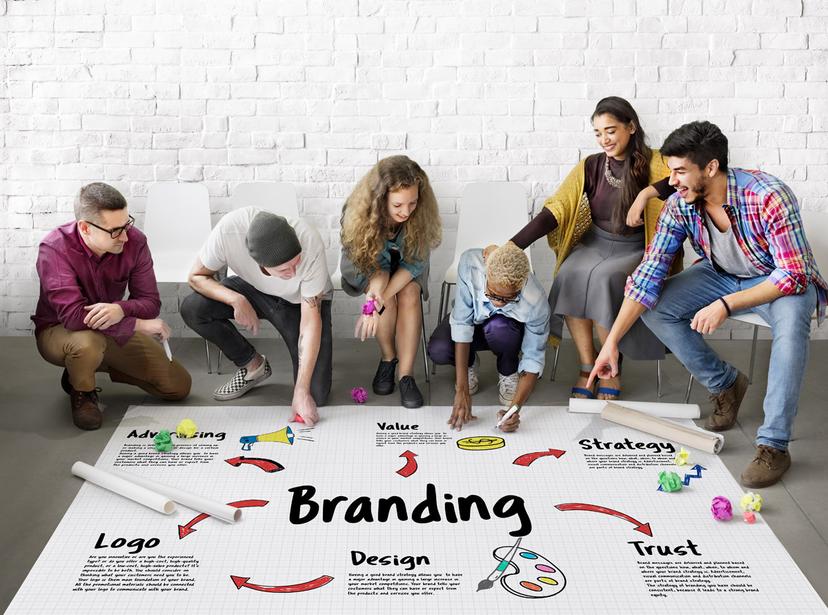Branding, Image, and Marketing Consulting

Background
Branding, image, and marketing consulting started to become recognized as essential to the business success of corporations and individuals in the 1950s and 1960s. It was during this time that corporations increased their focus on the performance of their products compared to that of their competitors. Their awareness was heightened regarding the effect the image of their products and corporate reputation had on sales and customer retention and growth. Many corporations, such as Procter & Gamble and General Foods, started to allocate budgets for branding and marketing research and analysis, and the consulting industry started to take root.
The American Marketing Association defines a brand as “a name, term, design, symbol, or any other feature that identifies one seller’s goods or services distinct from those of other sellers.” Branding is a combination of the physical, visual aspects of products and the feelings the products evoke in consumers. When consumers see the name of the company, its logo, its tagline, or advertising and social media messages, their emotional reaction is part of the branding that has been developed to meet the company’s goals. Branding consultants help companies create the images of their products, services, and corporate culture in consumers’ minds.
Image consulting started to take shape as a formal profession in the 1980s and 1990s. In the early 1980s, color consulting grew in popularity, in which consultants helped people to determine the colors that worked best with their skin tones and hair color. Seasons of the year were also used to help people determine the colors they should choose, for example, Summers have cool skin tones, light hair, and should avoid bright colors. Today, many image consultants belong to groups such as the Association of Image Consultants International, which offers education and certification in various image consulting specializations. The AICI originated in the early 1980s, with associations on the East and West Coasts. It was formally established in 1990 based on a merger of the two associations. AICI’s members provide image counseling to individuals and corporate clients, guiding clients on their appearance, behavior, communication skills, etiquette, and international protocol.
The marketing field evolved after World War II, when the global economy started to strengthen, manufacturing grew, and corporate competition intensified. In the 1950s and 1960s, company's had larger budgets than in previous decades and could invest in ways to set their marketing efforts apart from that of their competitors.
Companies started to hire dedicated marketing managers in the latter part of the 20th century to help them promote their products and services to improve their profits. The tools marketers use have evolved throughout the decades since, in lockstep with developments in technology and communications methods. For example, in the 1950s, telemarketing became a popular way for businesses to prospect for customers. In the 1980s and 1990s, the proliferation of personal computers and development of the Internet and e-mail gave rise to digital marketing.
Marketing consultants today must have knowledge of a wide variety of marketing research and analytical tools and services: e-commerce, database marketing, guerilla marketing, search engine optimization (which means maximizing a website to appear high in search results in response to relevant terms consumers use). There is also pay-per-click, which is another marketing tactic where companies pay a small fee each time their digital advertisement is clicked on. Social media marketing has also grown in the past decade or so, with marketing consultants, as well as branding and image consultants, monitoring and making recommendations to companies about best practices with social media platforms such as Instagram, Twitter, Facebook, and YouTube, among numerous others.
